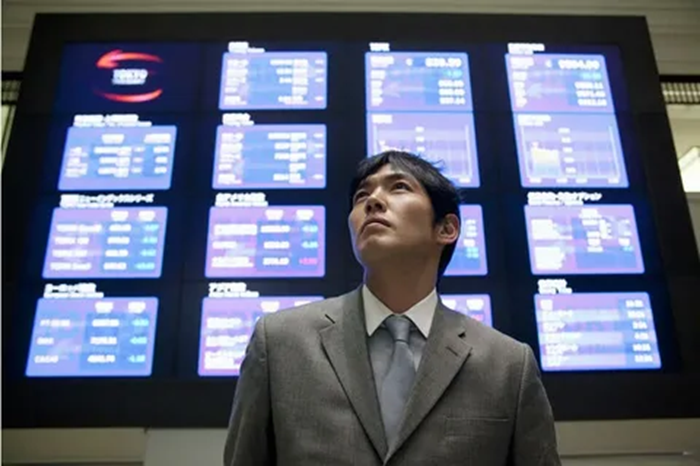The analysis of many processes would be incomplete without a description of the unique economic model that has developed in Japan.
The country, which has long been firmly identified as a direct and convinced vassal of the United States, has been one of the world’s main suppliers of direct investment and technology for decades.
Vassal of the United States
In the early 1990s, when the author was studying, the Japanese model was still described as nothing less than the “American-Japanese financial system.” There was undoubtedly a significant amount of truth in this at that time, but today this unity is no longer so much American-Japanese as supranational.
Japan has occupied its unique niche not only in the global division of labor, but also in the new supranational investment system. And this niche is worth paying attention to its role and features.
An analysis of the Japanese model allows one to clearly feel how projects that can be called geopolitical or, less pompously, foreign policy, are secondary in relation to the work of the supranational investment system. And also to understand the difference in the very logic of investment management of the new order and foreign policy management.
Japan is a good example, when the role in the system of global investments and the foreign policy course imposed depending on the political situation or formed from within, may not only not coincide, but for some time simply have opposite vectors.
And when the discrepancy reaches certain critical values, then the position of the supranational investment system turns out to be primary, and foreign policy secondary. This can be seen not only in the Japanese example, but in Japan it is expressed quite clearly. And having considered the example of Japan, we can also see where this system allows the foreign policy of countries and groups of countries to clash with ambitions, and where it harshly pulls them up and seats the players in their places. We, Russia, are, alas, no exception to the rule here.

